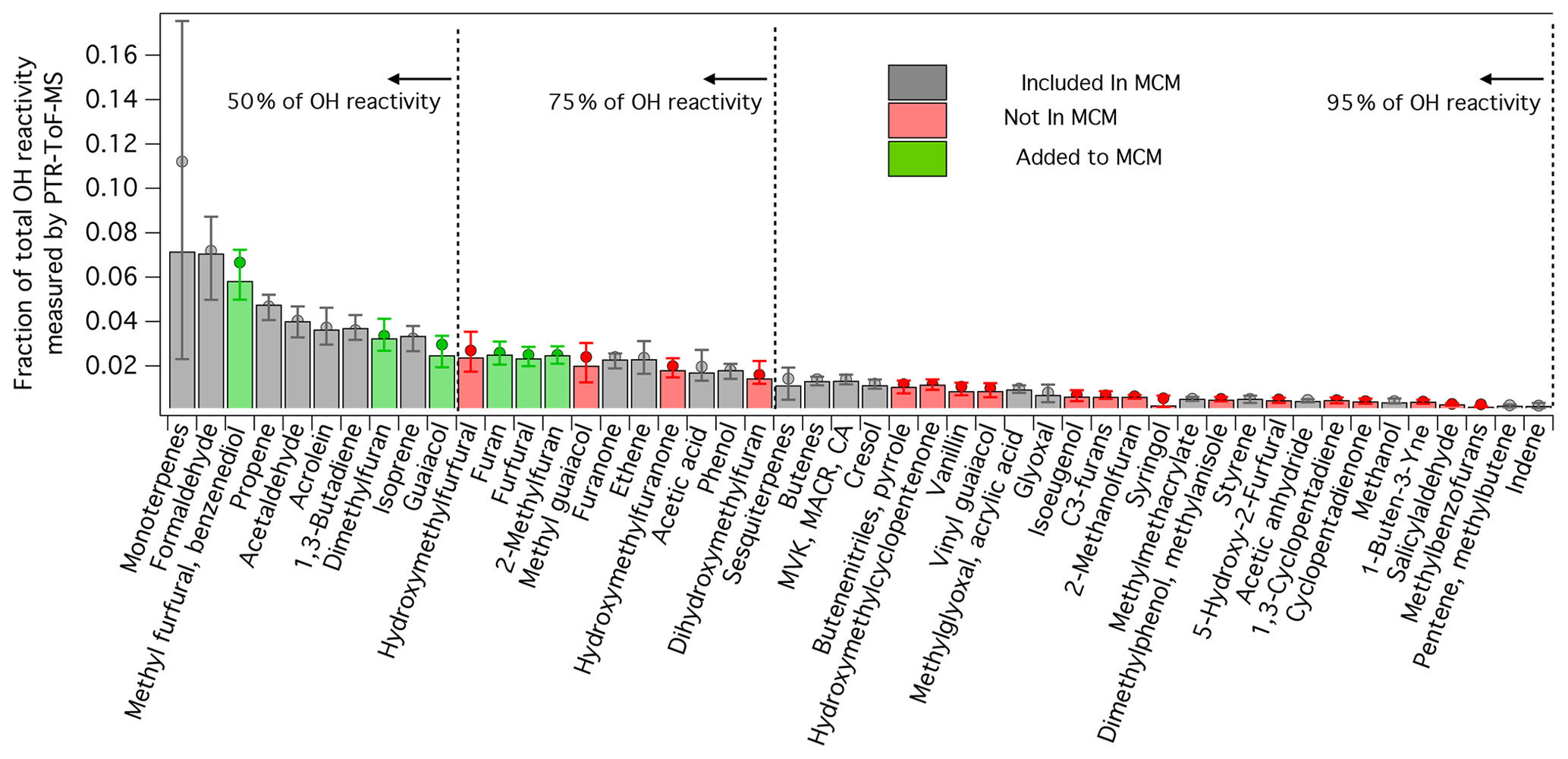

Introductionĭiabetes mellitus (DM) is a chronic disease characterized by high blood glucose levels caused by either insufficient insulin production by the pancreas or improper response of the body cells to insulin. Future studies should concentrate on understanding the exact role played by these risk variants in the development of DM. This review discusses the current evidence for the contribution of common KCNJ11 genetic variants to the development of DM. Numerous studies have reported the involvement of single nucleotide polymorphisms of the KCNJ11 gene and their interactions in the susceptibility to DM. Kir6.2 is encoded by the potassium inwardly rectifying channel, subfamily J, member 11 (KCNJ11) gene, a member of the potassium channel genes. This channel is a heteromeric protein, composed of four inward-rectifier potassium ion channel (Kir6.2) tetramers, which form the pore of the KATP channel, as well as sulfonylurea receptor 1 subunits surrounding the pore.

Insulin secretion is mediated through the ATP-sensitive potassium (KATP) channel in pancreatic beta cells. Multiple genes and their interactions are involved in the insulin secretion pathway. Of the various types of DM, type 2 occurs most frequently. It is caused by defects in insulin secretion or insulin action or both, leading to hyperglycemia. Diabetes mellitus (DM) is a major worldwide health problem and its prevalence has been rapidly increasing in the last century.


 0 kommentar(er)
0 kommentar(er)
